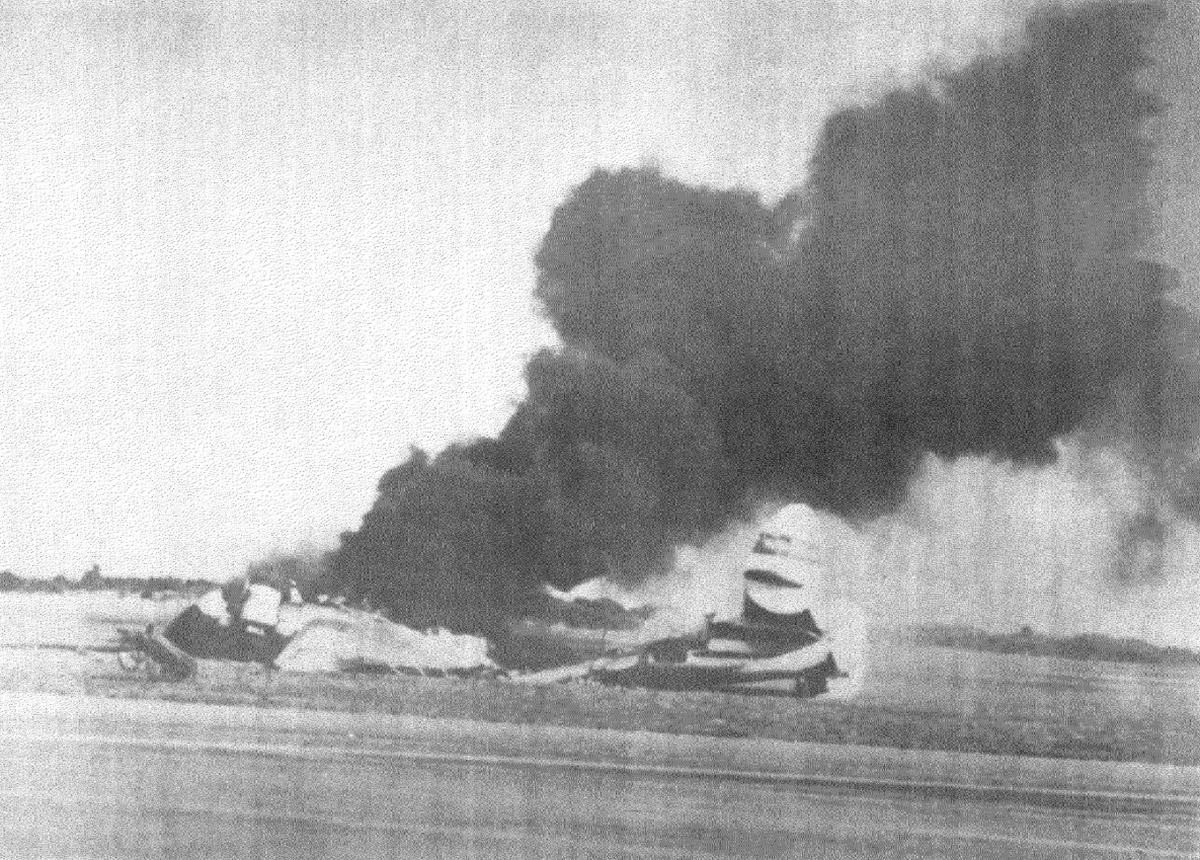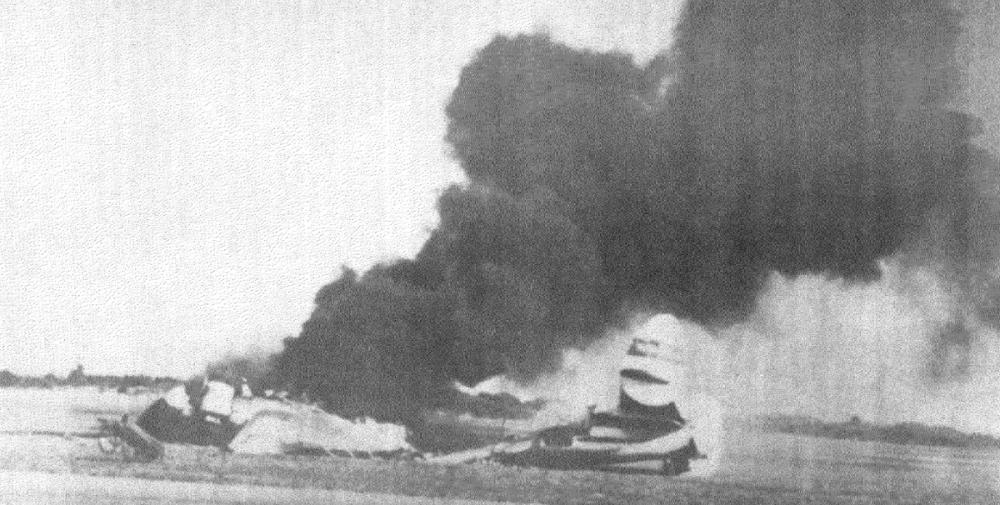Date & Time:
Jan 10, 1955 at 0938 LT
Type of aircraft:
Lockheed 18 LodeStar
Registration:
N33369
Flight Phase:
Takeoff (climb)
Flight Type:
Scheduled Revenue Flight
Survivors:
Yes
Schedule:
Orlando – Lakeland – Tampa – Saint Petersburg – Sarasota – Fort Myers – West Palm Beach – Miami
MSN:
2414
YOM:
1943
Flight number:
NA001
Country:
United States of America
Region:
North America
Crew on board:
3
Crew fatalities:
0
Pax on board:
10
Pax fatalities:
0
Other fatalities:
0
Total fatalities:
0
Captain / Total hours on type:
410
Copilot / Total hours on type:
43
Aircraft flight hours:
20627
Circumstances:
After a normal run-up the copilot taxied the aircraft to the end of the 5,010-foot runway. The aircraft was then lined up with the runway slightly to the right of the centerline, the tail wheel was locked, and power was applied. As the aircraft progressed down the runway the tail came up and the copilot applied forward pressure to the control column. Shortly thereafter the airplane began to swerve to the left and when this was corrected it went too far to the right. A series of over-corrections followed which resulted in several swerves in both directions. As these maneuvers began the crew noted a five-inch drop in the manifold pressure of the left engine. At a speed of approximately 80 knots the aircraft again began turning to the left. The captain immediately took over the controls when he noticed a second drop of 25 inches in manifold pressure of the same engine. Both throttles were closed at once and he tried unsuccessfully to stop the turn. The turn developed into a skid and the main landing gear of the aircraft collapsed, rupturing the right wing fuel tank. The airplane cam to rest on the sodded area, off the runway, heading 180 degrees from its original takeoff position. Fire immediately occurred near the right engine nacelle. Under the supervision of the stewardess all passengers left the aircraft in a rapid, orderly manner through the main cabin door. The pilots left through the cockpit windows. The captain and copilot entered the cabin and made a recheck after all passengers were reported out and away from the aircraft. Local weather conditions at the time were: Ceiling 30,000 feet scattered, 600 feet scattered, visibility 12 miles, temperature 70, dewpoint 67, wind south 7. Atmospheric conditions were not conducive to carburetor ice.
Probable cause:
The Board determines that the probable cause of this accident was the copilot's loss of directional control during the takeoff run and the inability of the captain to regain control of the aircraft, the latter possibly due to failure of the pedal mechanism. The following findings were reported:
- Directional control was lost in the takeoff run which resulted in a violent groundloop off the runway,
- There is no evidence indicating that structural failure or malfunction of controls occurred. However, there exists the indeterminable possibility that during takeoff run there was a failure of the pedal assembly,
- Subsequent engine tests gave no evidence of other than normal operation of the left engine. The right engine operated normally throughout the attempted takeoff.
- Directional control was lost in the takeoff run which resulted in a violent groundloop off the runway,
- There is no evidence indicating that structural failure or malfunction of controls occurred. However, there exists the indeterminable possibility that during takeoff run there was a failure of the pedal assembly,
- Subsequent engine tests gave no evidence of other than normal operation of the left engine. The right engine operated normally throughout the attempted takeoff.
Final Report:
N33369.pdf428.95 KB


